Statistics from the Customs Department show that pangasius export turnover reached more than 1.2 billion USD in the first 7 months of 2025, an increase of 11% over the same period in 2024.
Of which, China & Hong Kong, although still maintaining their position as Vietnam's largest pangasius import markets, showed signs of slowing down. By the end of July 2025, exports to this market reached 302 million USD, down 4% over the same period and accounting for nearly 25% of total turnover.
In contrast, exports to the Comprehensive and Progressive Agreement for Trans -Pacific Partnership (CPTPP) market reached US$208 million, a 34% increase over the same period. The growth momentum mainly came from markets such as Canada, Malaysia and some American countries thanks to the advantages of tariff incentives from the agreement and stable consumer demand.
In the US, pangasius exports recorded positive results with 206 million USD in 7 months, up 8%. However, the new tariff policy that the US plans to apply from August 1 is creating a "big question mark" for the prospects in the last months of the year, causing caution for both businesses and importers.
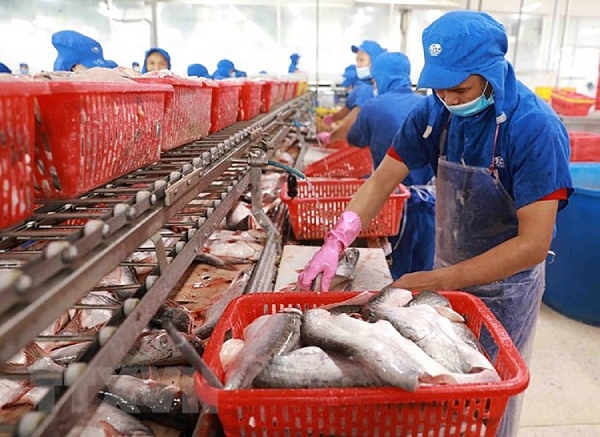
Meanwhile, Brazil continues to be a potential market with impressive growth of 64%, reaching 106 million USD. However, this market also has the potential risk of being indirectly affected if the US imposes a 50% tax on Brazilian goods and whitefish is included in the taxable list.
The EU market maintained a steady growth of 5%, reaching 104 million USD. Good growth in countries such as Spain, Belgium, Italy, France offset the decline in Germany and the Netherlands.
According to VASEP, the structure of export products is showing a positive shift. Frozen pangasius fillets are still the main product, accounting for 976 million USD and increasing by 11%.
In particular, VASEP highlighted the breakthrough of deeply processed pangasius products (HS code 16). Although the value is still modest at 30 million USD, the growth rate of up to 41% compared to the same period is a positive sign. This shows that Vietnamese enterprises are on the right track in increasing added value, meeting strict market standards and reducing dependence on fluctuations in raw material prices.
VASEP believes that the last months of 2025 will be a challenging period for the pangasius industry. The biggest challenge comes from the US tariff policy. If the new 20% reciprocal tax rate is applied, the cost and price of pangasius products will be significantly affected. In the context of the slowing Chinese market, the pressure to find and expand alternative markets such as ASEAN, South America and the Middle East will be increasingly greater.
The US policy is a clear warning about the risks of over-reliance on a few large markets. However, VASEP believes that this can also be an opportunity. The disruption in the global whitefish supply chain can open up new market shares for Vietnamese pangasius if businesses have proactive strategies and trade negotiations yield positive results.
In that context, markets in the CPTPP and EU blocs, with advantages from Free Trade Agreements (FTAs) and stable purchasing power, are forecast to continue to be a solid "fulcrum" for Vietnamese pangasius exports.
Source: https://doanhnghiepvn.vn/kinh-te/xuat-khau-ca-tra-tang-truong-tich-cuc-che-bien-sau-but-pha/20250821095938020


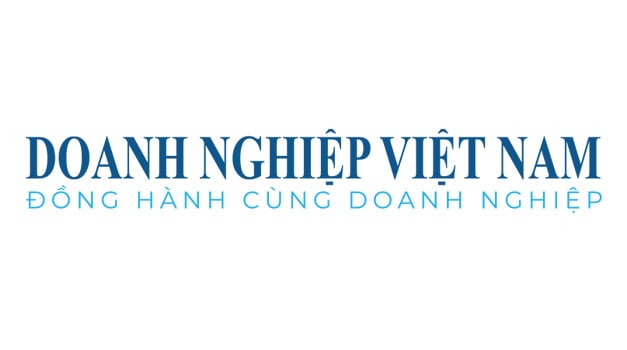



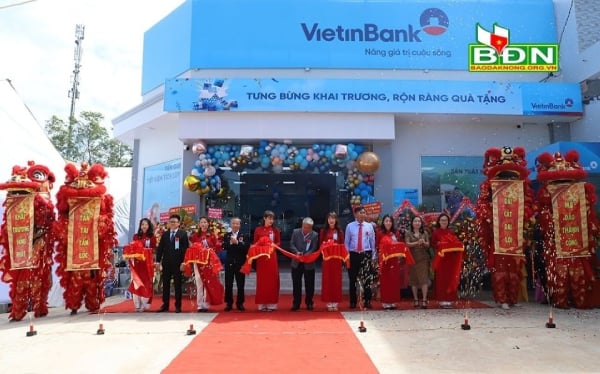
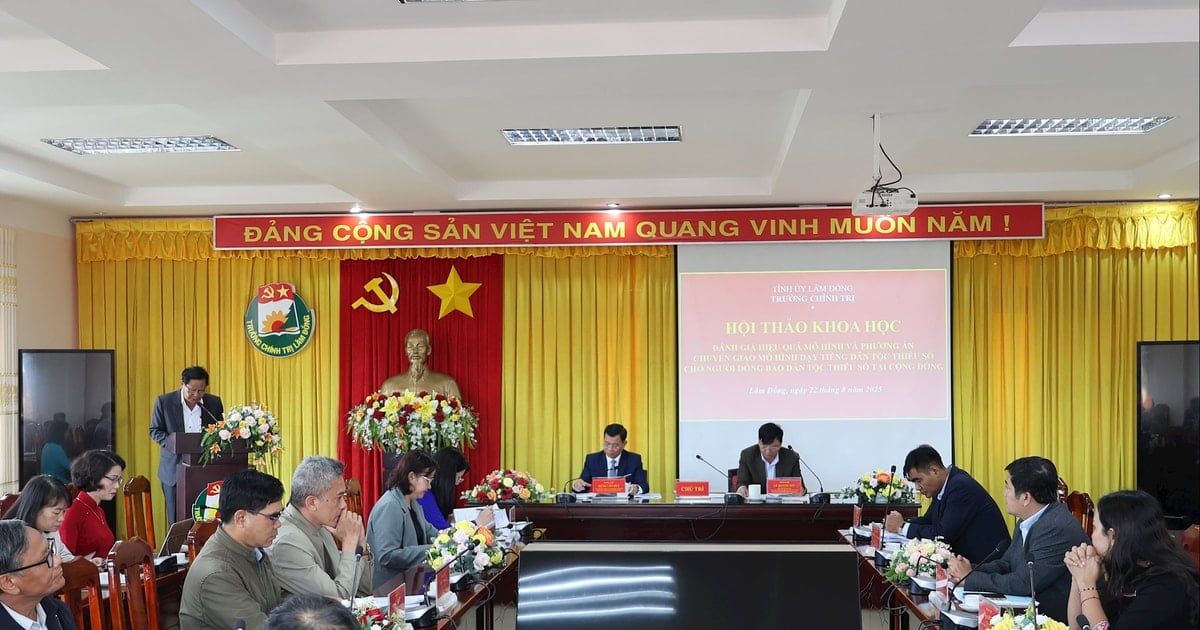























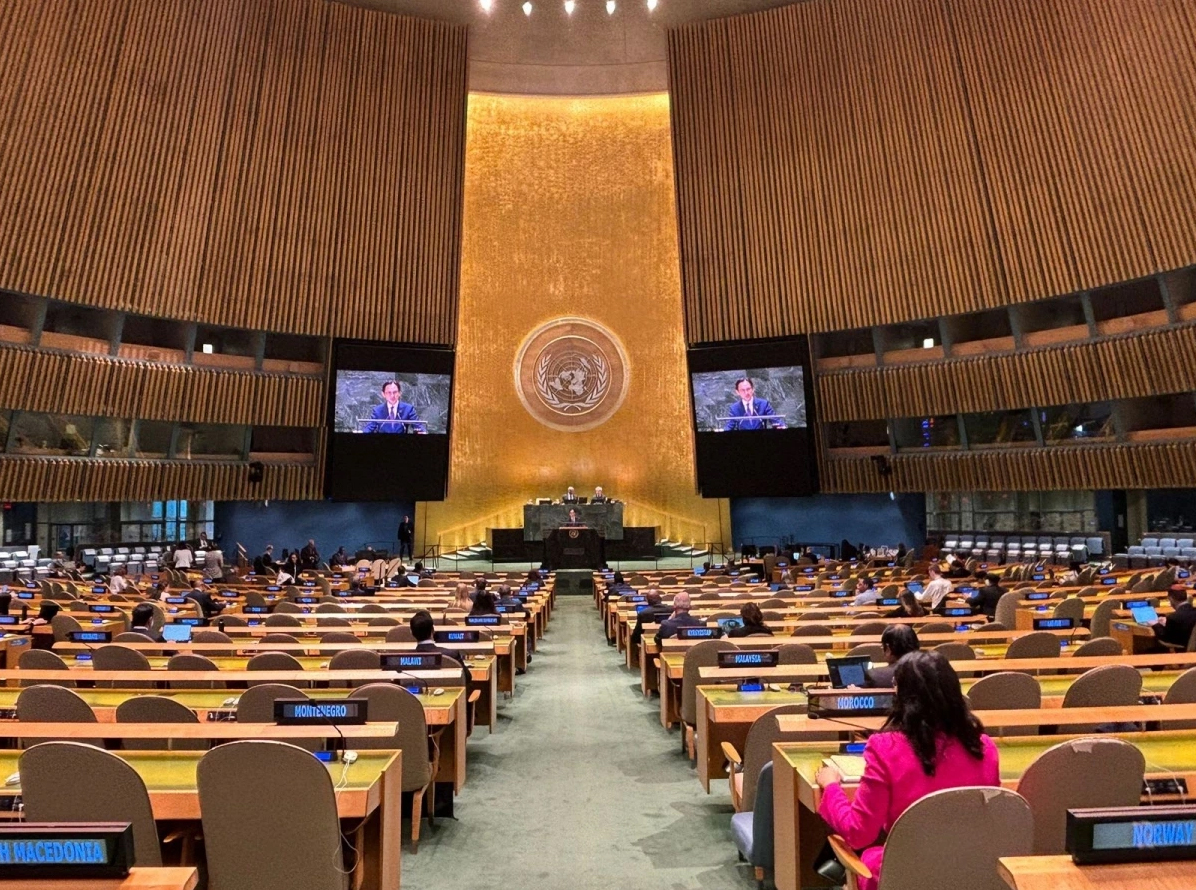








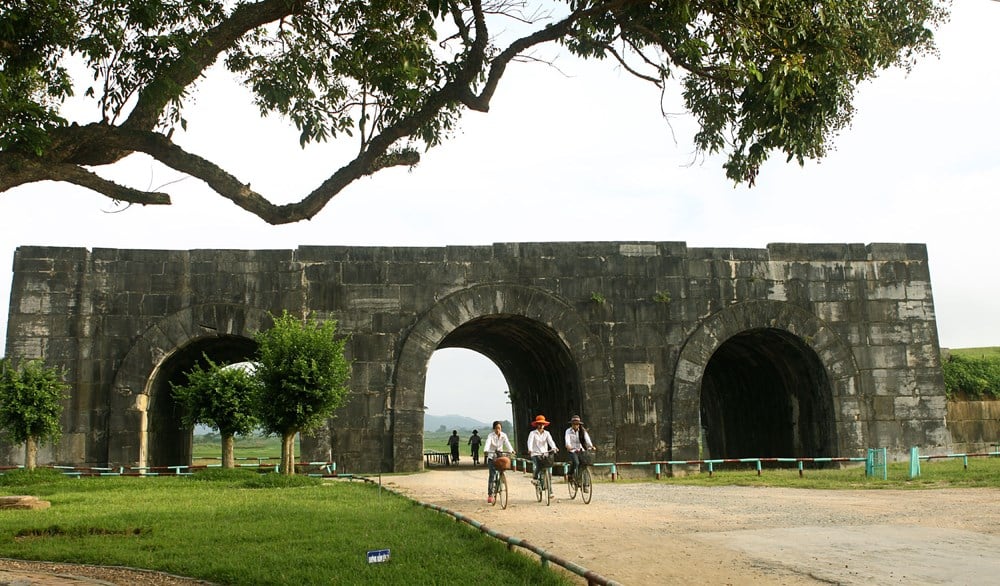










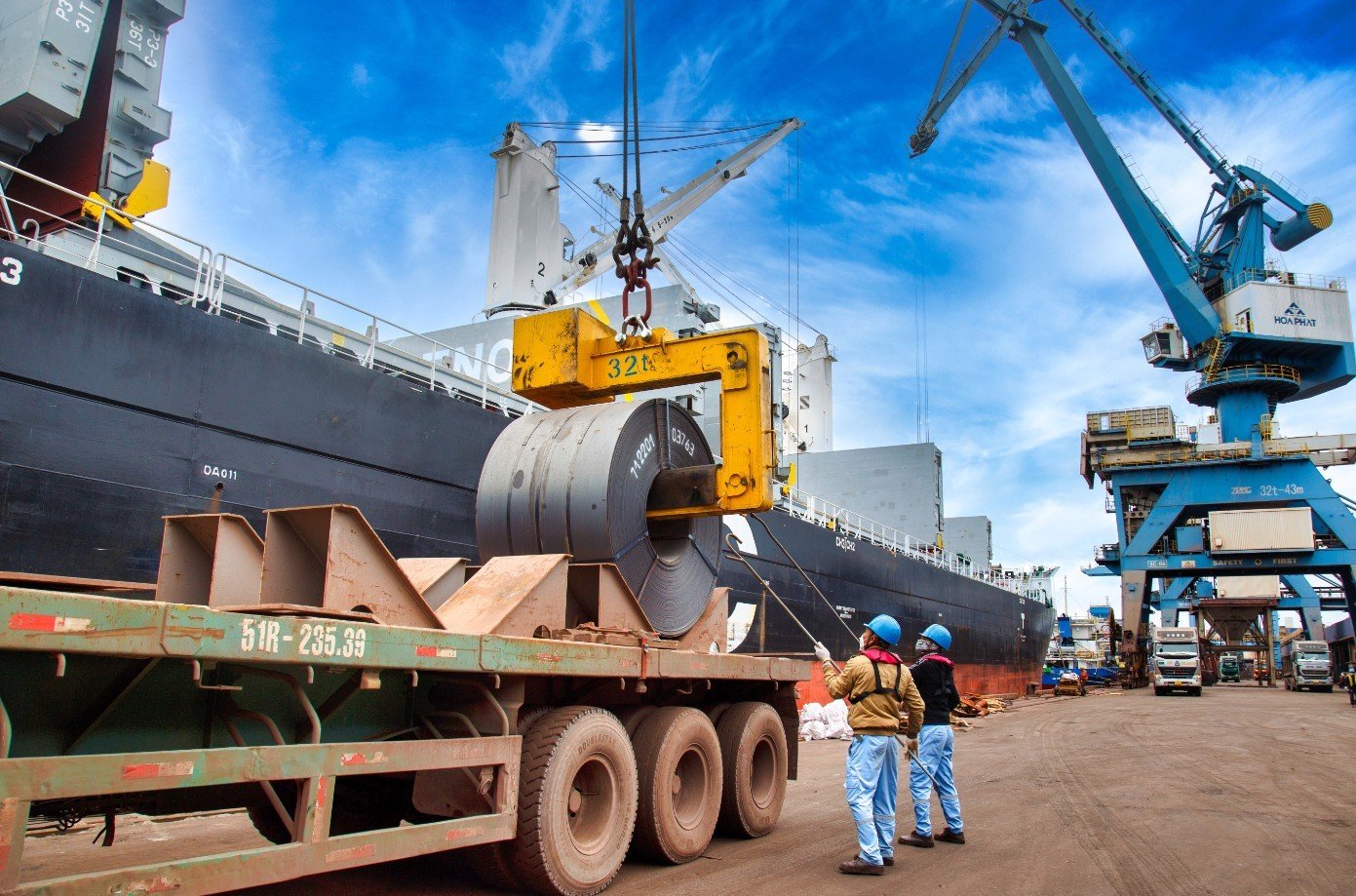
















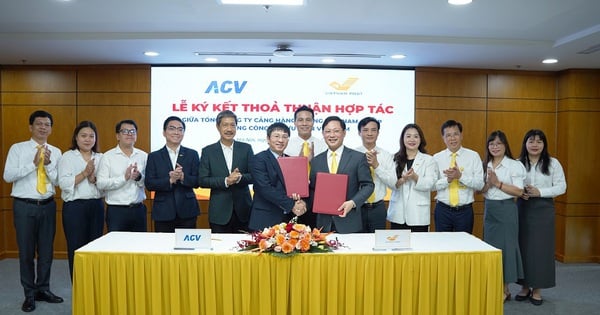


















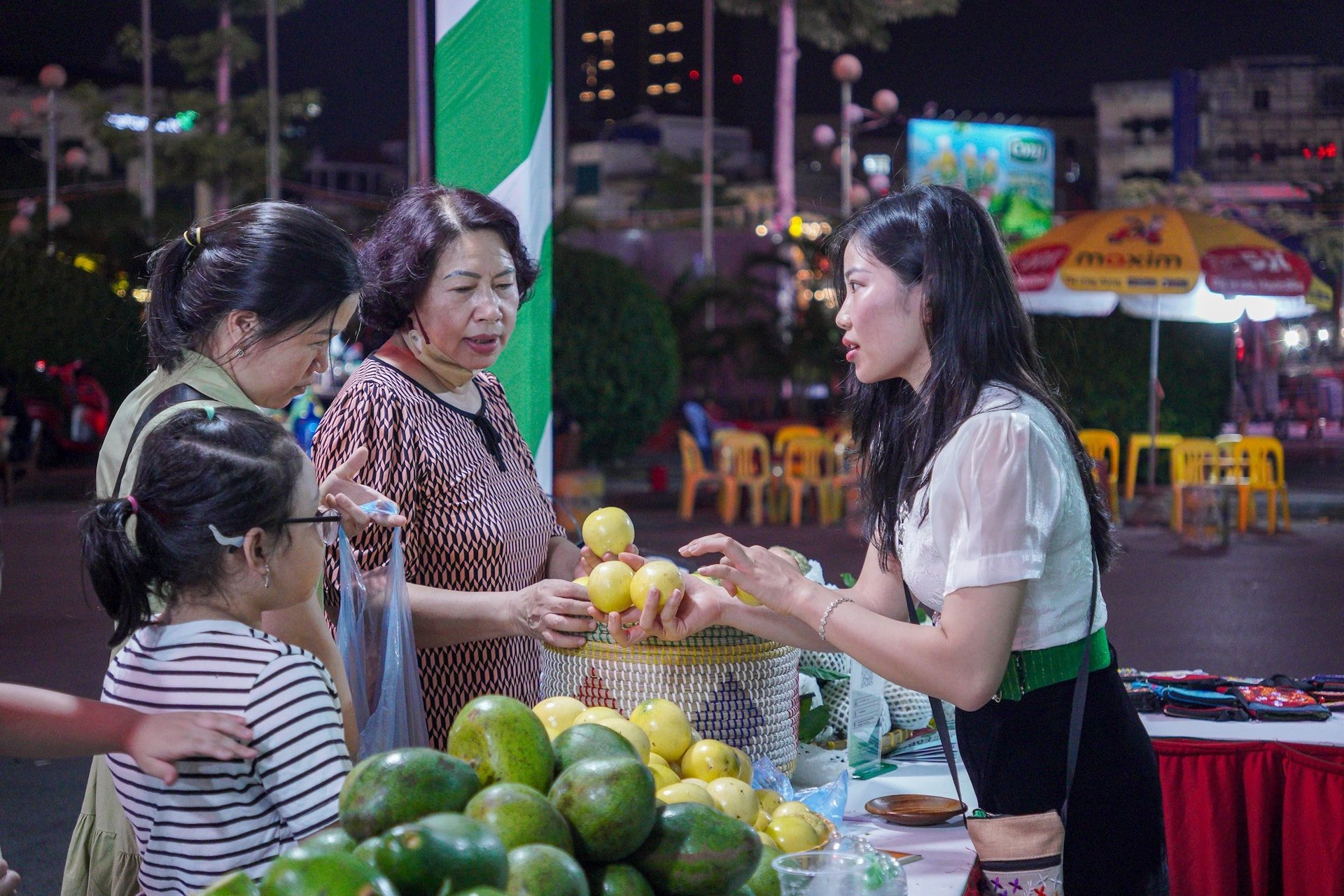



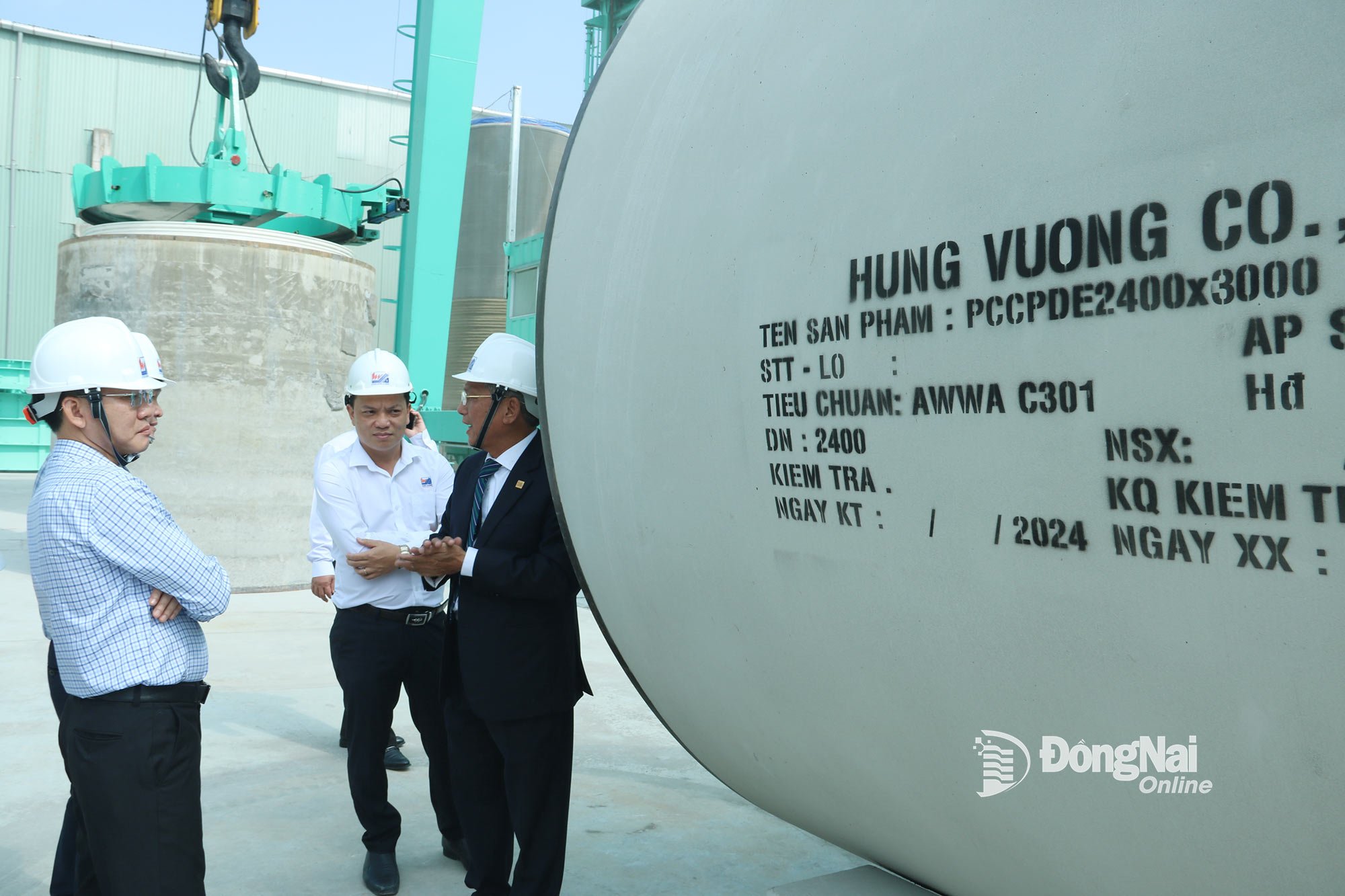






Comment (0)